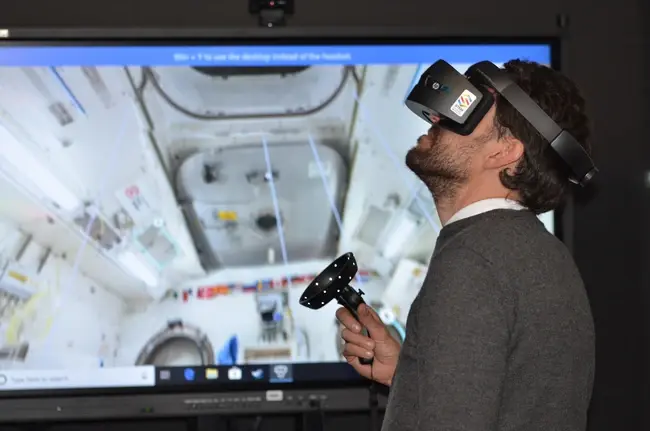
Businesses need augmented reality (AR) for the next stage of industrial development. Its mastery of melding sensory experiences with digital realms boosts revenue and encourages innovation in previously stale sectors. Uncover how companies implement tools like AR to become resilient leaders in their niche.
Obtaining Conversions by Giving Customers Convenience
AR is moldable to every brand, no matter the sector. Worldwide, thought leaders have employed AR because of its extensive list of benefits.
Gen Zers are the most interested in using AR for shopping. Around 92% said they wanted to use it for shopping and many said it made experiences feel personal. It enhances customer engagement, making products tangible despite not being at the door yet. While customers learn to use AR on their side of the customer journey, employers and training staff learn new digital literacy skills.
The interactivity drives conversions. Merchants using AR saw an average of a 94% increase in conversions because it is a cost-effective showroom — no rental space required.
AR attaches to most senses, whether visually by seeing how a lipstick color looks or audibly when hearing how loud a prospective treadmill is in your home gym. It reduces the likelihood of returns because customer expectations are curated to the product. Seeing it in a real-world environment removes doubt and hastens decision making.
In a post-COVID-19 world, e-commerce continues to maintain momentum. The market is projected to be worth over $4 trillion by 2023. Therefore, bridging the gap between online and offline shopping is crucial to appeal to changing behaviors and priorities. Shoppers want convenience and will appreciate brands catering to their shopping desires.
AR-Driven Innovation Across Industries
The most prominent business benefit is increasing conversions, driving customer loyalty and profit. It is most evident in retail and e-commerce industries like home improvement and interior design, but AR has impacts everywhere.
AR has the potential to make industries safer on several fronts. Cybersecurity analysts use AR for simulating threats. It helps with testing breach scenarios to improve cybersecurity risk management plans. Similarly, health care trains for complex surgeries with AR, reducing patient risk. Surveys show 25% of medical professionals are integrating smart glasses, expediting prep and keeping patients safer during operations.
Volkswagen is a case study exploring how AR helps car repairs and maintenance. It created an AR-powered car manual in 2013 and in 2020, it gave AR headsets to experts to provide customers with real-time tech and car support. The creative use of AR improved repair efficiency by 93% and saved over 2.5 tons of carbon emissions from travel.
Another instance of AR innovation is Microsoft, which piloted the HoloLens headset. Apart from extended reality’s impact on education, sports training is now on the table.
PuttView X is a revolutionary trial in simplified sports training, allowing golfers to practice in more places than ever. Creations like this eliminate paywalls and obstacles for hobbyists. Not everyone has the financial or practical means to travel to play, but AR provides greater accessibility.
Improvement Opportunities With AR
AR-driven business eventually leads to digital transformation. Enterprises hoping to embrace artificial intelligence and machine learning technologies will need experience with AR to make the most out of resources. Innovation happens as they integrate and workers improve their marketable job skills.
Innovation and growth are also practical. Incorporating AR requires administrative and budgetary excellence, cutting costs as necessary to find room for installation, and training. It is a crash course on how to make operational adjustments to complement digital transformation. Implementation and maintenance could be cheaper and training requires time. The realities are insights into how a company grows.
Additionally, AR allows all businesses to become accessible and intersectional in what they offer. For example, using AR in employee training scenarios caters to people with disabilities, whereas before, the images and videos only displayed individuals they could not relate to. Conversely, management can use AR to simulate experiences to develop empathy, such as seeing the world through the eyes of someone who is neurodivergent. It will make technology more inclusive and immersive when it applies to diverse audiences.
Using AR to Jumpstart Progress
Enterprises need AR to catalyze innovation and growth in a stagnating economy. Customers want convenient, tech-forward tools that make their lives streamlined. AR provides this for in-training employees, curious clothing buyers and experimenting engineers simultaneously.
It deepens relationships between individuals and corporations by exploring how technology meshes with reality in a beneficial and sensory-driven way. Today is the day to incorporate AR and related technologies to get ahead.












